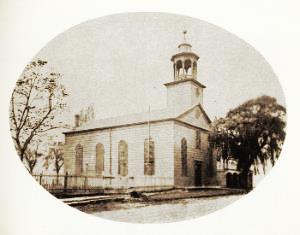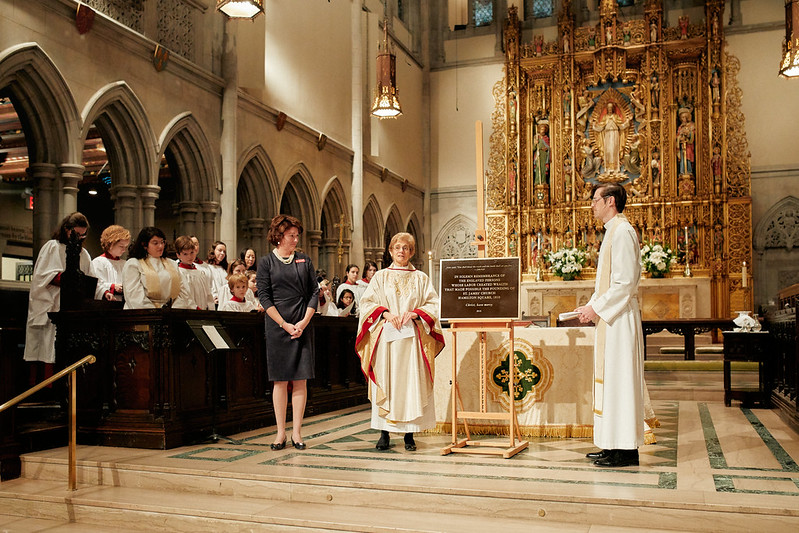St. James’ Church is a community that actively shares the love of Jesus Christ with each other, our city, and the world.
Founded in 1810 as a summer chapel in the countryside north of what was then considered to be New York City, St. James’ Church has always stood as a house of prayer for Christians living on and around Lenox Hill, in the part of Manhattan we now call the Upper East Side. As the city grew up around it, St. James’ grew and changed to meet the needs of its neighbors. The current building was built in 1884-5, and dramatically reconfigured in 1924 by Ralph Adams Cram. Completely renovated in the early 2000s, St. James’ is prepared for another 200 years of gathering the community for worship and prayer in order to faithfully fulfill its mission of sharing the love of Jesus Christ with each other, our city, and the world.



